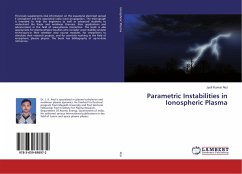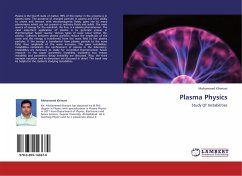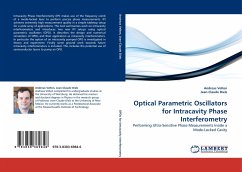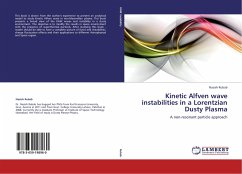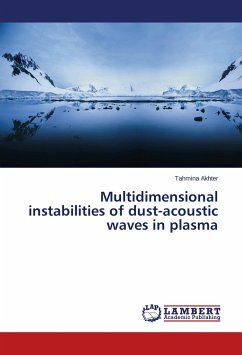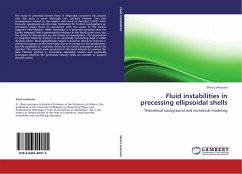Revision with unchanged content. In this thesis, the first detailed investigations have been made on three-halves harmonic radiation generated in femtosecond-laser-produced plasmas. Several important properties of the parametric instabilities stimulated Raman scattering (SRS) and two-plasmon decay (TPD) in this regime have been deduced from the results with the help of theoretical models. In the interaction of ultrahigh intensity Titanium:sapphire femtosecond laser with solid targets, a strong green light emission is regularly observed. This radiation is generally attributed to collective plasma effects and in particular to an emission at three-halves harmonic of the fundamental frequency (3 0/2), which has previously been investigated only with nanosecond lasers. The purpose of this work is to systematically study the 3 0/2 emission from femtosecond-laser-produced plasmas, with the ultimate aim of identifying possible applications of this radiation source. To this end, the work has been organised into 3 parts, each broadly representing a separate experimental campaign.
Bitte wählen Sie Ihr Anliegen aus.
Rechnungen
Retourenschein anfordern
Bestellstatus
Storno


